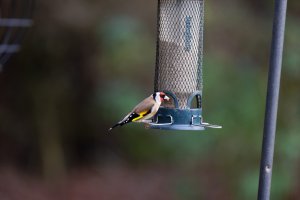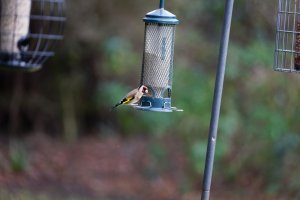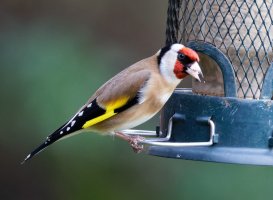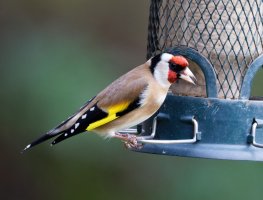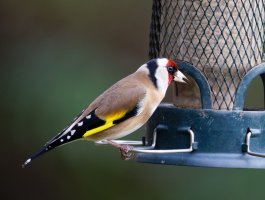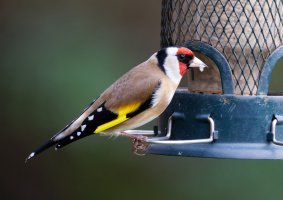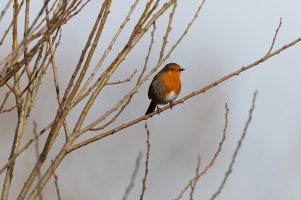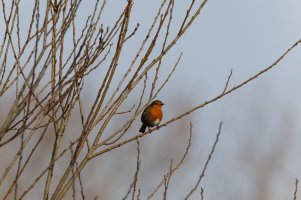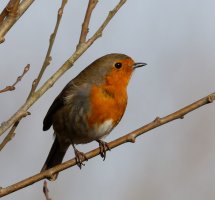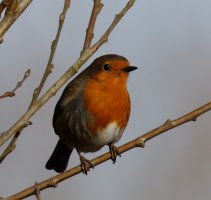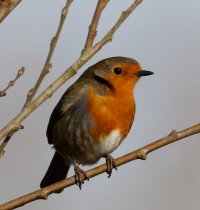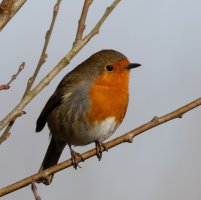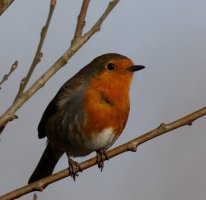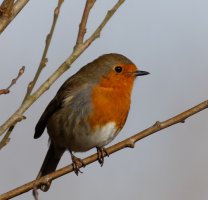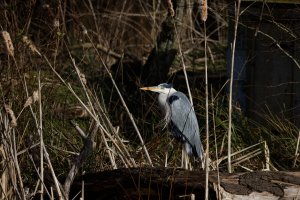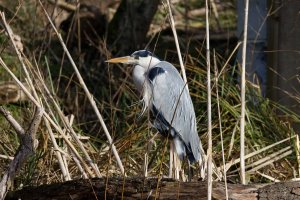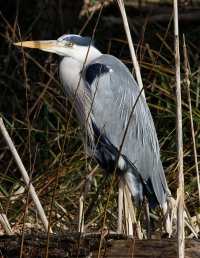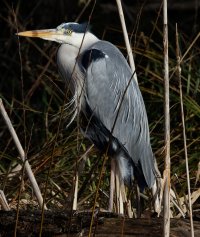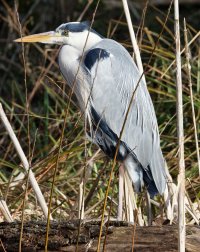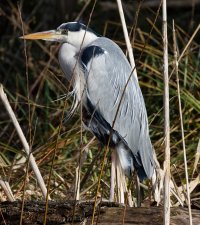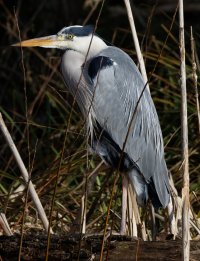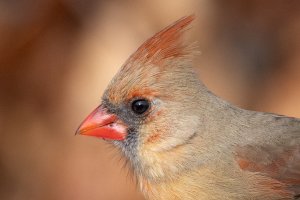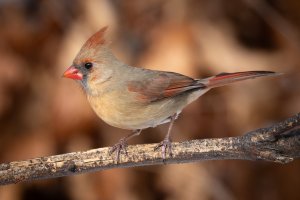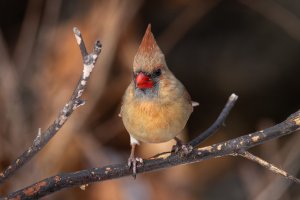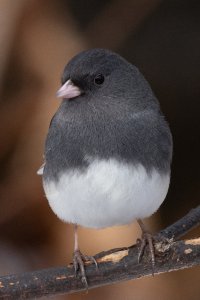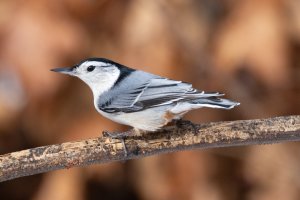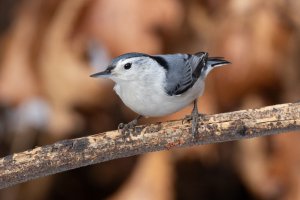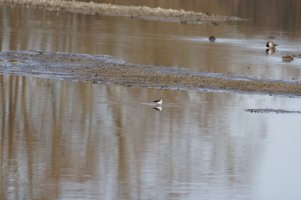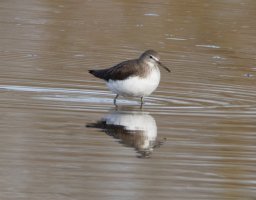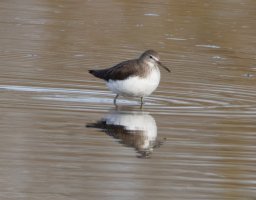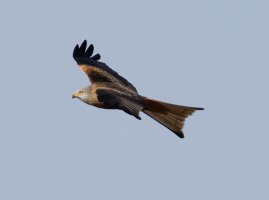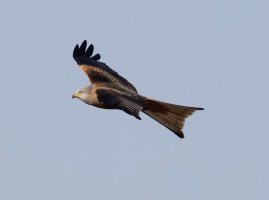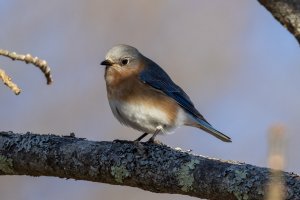I have been testing the RF 200-800mm with bird shots to see whether the 500-800mm range justifies the extra weight and bulk over the RF 100-500mm with the R5. @docsmith has provided some good exchanges in other threads and we seem to be in agreement with how focal length affects IQ and resolution. My original comparisons were directly with the RF 100-500mm.The RF 200-800mm at 500mm is as good as the RF 100-500mm and so to make things consistent I'll post some comparative images from just the RF 200-800mm at different focal lengths of compliant birds that stayed in the same place for long enough. You can draw your own conclusions, but here are mine in a nutshell.
For perched birds, the increase in resolution from 500-800mm is not that much, although more pixels are put on the image. It is easier at long distances for eyeAF to work for the longer lens, though at those distances a centre single point square is usually adequate. The consistency of focus is superb.
For Birds in Flight, 800mm was good for very slow flying birds at long distances, and the birdAF picked them out better against backgrounds. However, for close up ones, I find it difficult to keep them in frame and in the AF didn't seem to work fast enough to keep them in focus. Zooming out to 500 or 600mm did give me very good results.
As far as weight is concerned, I have no problems hiking with the lens on a sling, but holding it up at an angle was wearing for me.
For perched birds, the increase in resolution from 500-800mm is not that much, although more pixels are put on the image. It is easier at long distances for eyeAF to work for the longer lens, though at those distances a centre single point square is usually adequate. The consistency of focus is superb.
For Birds in Flight, 800mm was good for very slow flying birds at long distances, and the birdAF picked them out better against backgrounds. However, for close up ones, I find it difficult to keep them in frame and in the AF didn't seem to work fast enough to keep them in focus. Zooming out to 500 or 600mm did give me very good results.
As far as weight is concerned, I have no problems hiking with the lens on a sling, but holding it up at an angle was wearing for me.

